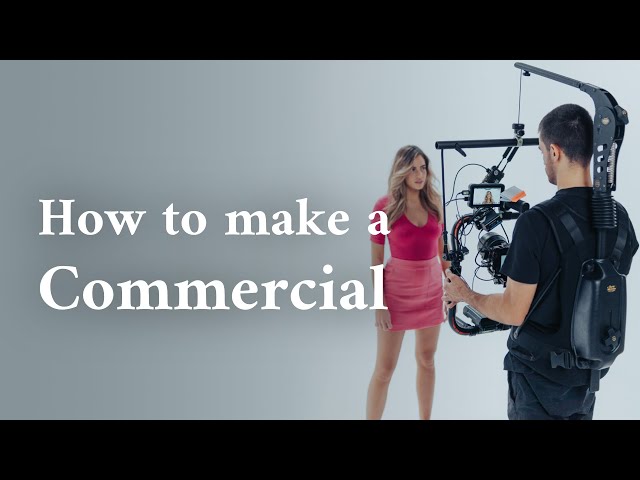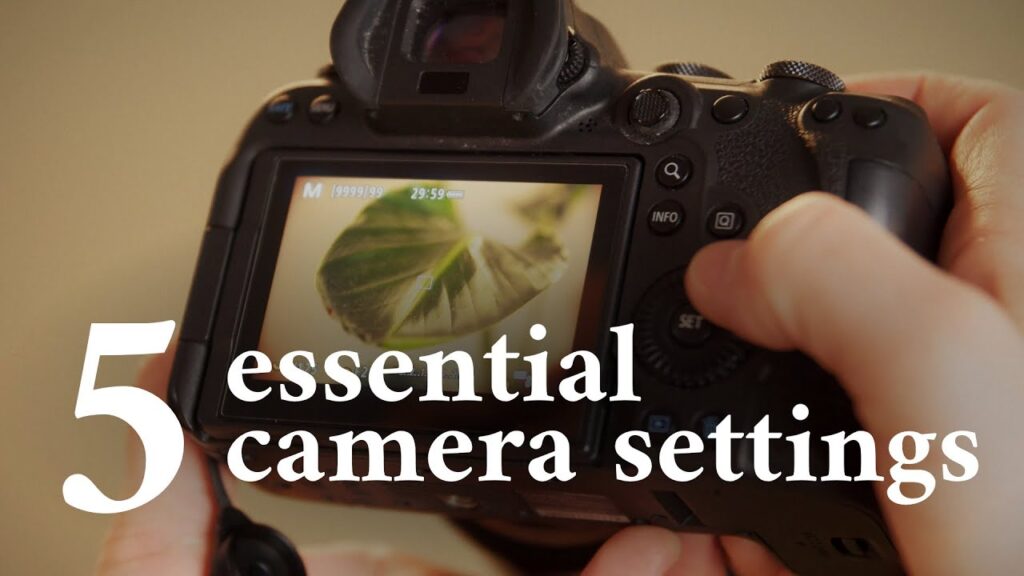
Producing a professional video ad is a complex process that requires creativity, collaboration, and technical expertise. From the initial concept to the final product, a lot of work goes on behind the scenes.
In this article, we will take a look at the important stages involved in producing a commercial advertisement.
Stage 1: Concept Development
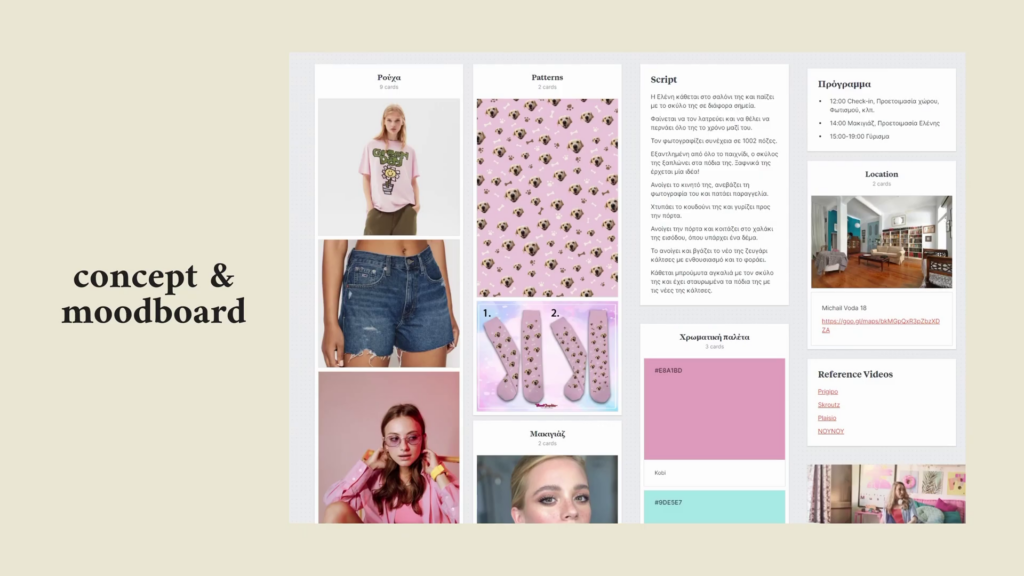
The first step in producing a video ad is to develop a concept. This involves brainstorming ideas and determining the message that the video should convey. The concept should be tailored to the target audience, and the video should be designed to engage and resonate with them.
The concept development phase of a video ad involves more than just brainstorming ideas. It requires a thorough understanding of the brand, the target audience, and the goals of the campaign. The creative team should research the market and identify trends to ensure that the concept aligns with the brand’s overall messaging. They should also consider the tone, style, and messaging of the video to ensure that it resonates with the intended audience. Once the concept is developed, the team can move on to the next step.
Stage 2: Script Writing
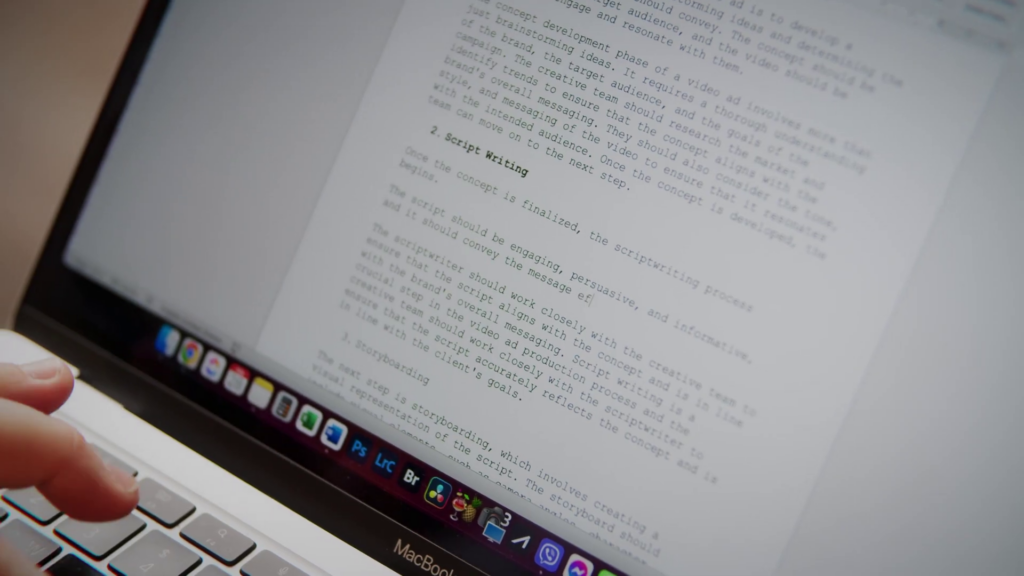
Once the concept is finalized, the scriptwriting process begins. The script should be engaging, persuasive, and informative, and it should convey the message effectively. The scriptwriter should work closely with the creative team to ensure that the script aligns with the concept and is in line with the brand’s overall messaging. Scriptwriting is a crucial step in the video ad production process and the creative team should work closely with the scriptwriter to ensure that the script accurately reflects the concept and is in line with the client’s goals.
Stage 3: Storyboarding
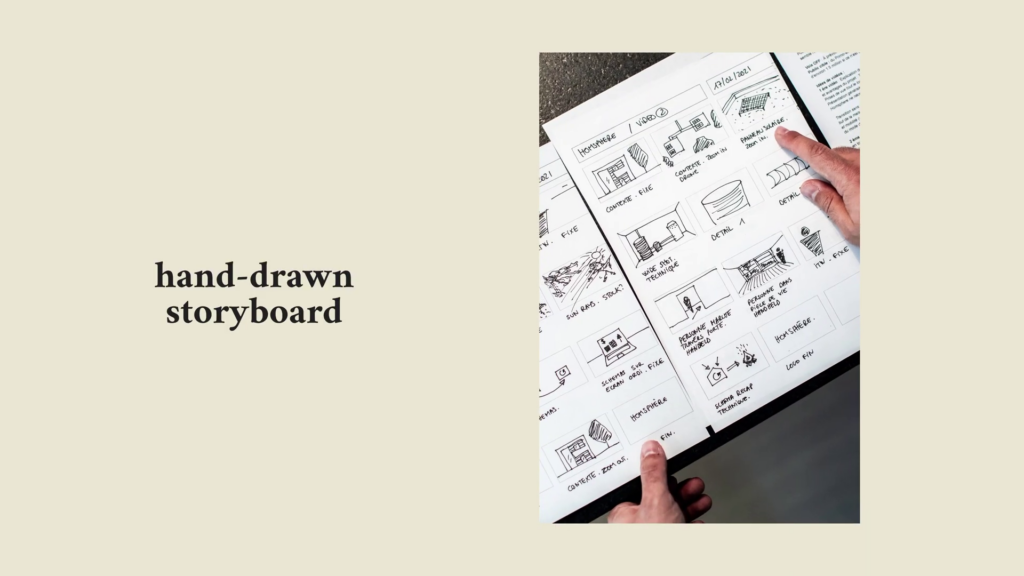
The next step is storyboarding, which involves creating a visual representation of the script. The storyboard should include visual elements, such as camera angles, character movements, and scene transitions. The purpose of the storyboard is to provide a visual representation of the script, which helps the creative team to plan the shoot.
Storyboarding is an essential step in the video ad production process. It should also be designed to engage the audience and help them understand the message. The creative team should work closely with the storyboard artist to ensure that the storyboard accurately reflects the script and concept.
Stage 4: Pre-Production
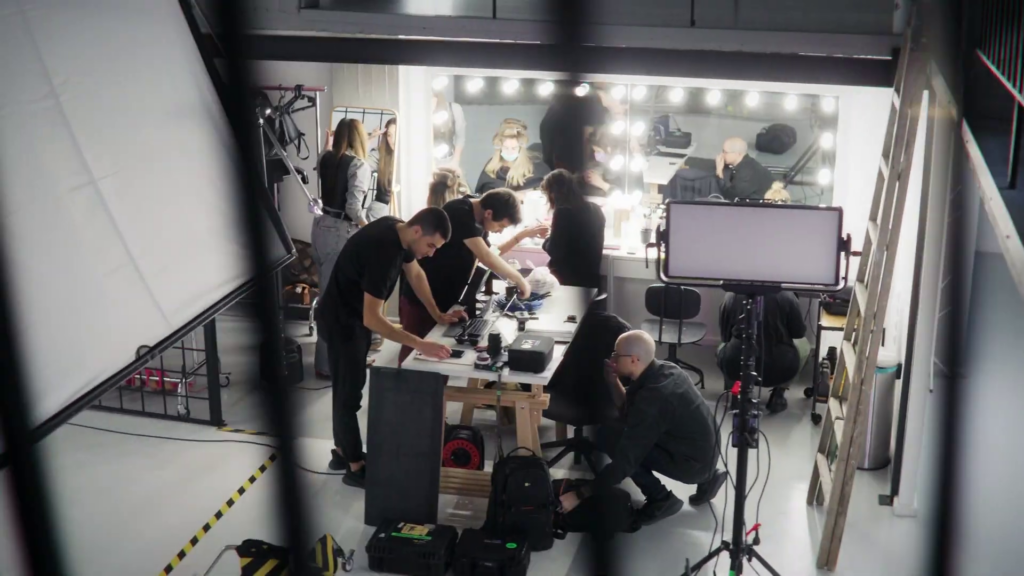
Once the script and storyboard are finalized, pre-production begins. This involves planning the shoot, casting actors, selecting locations, and arranging for equipment. The creative team should work closely with the production team to ensure that everything is in place before the shoot begins. They should also ensure that the plan is flexible enough to accommodate any changes or adjustments that may be necessary during the shoot.
stage 5: Production
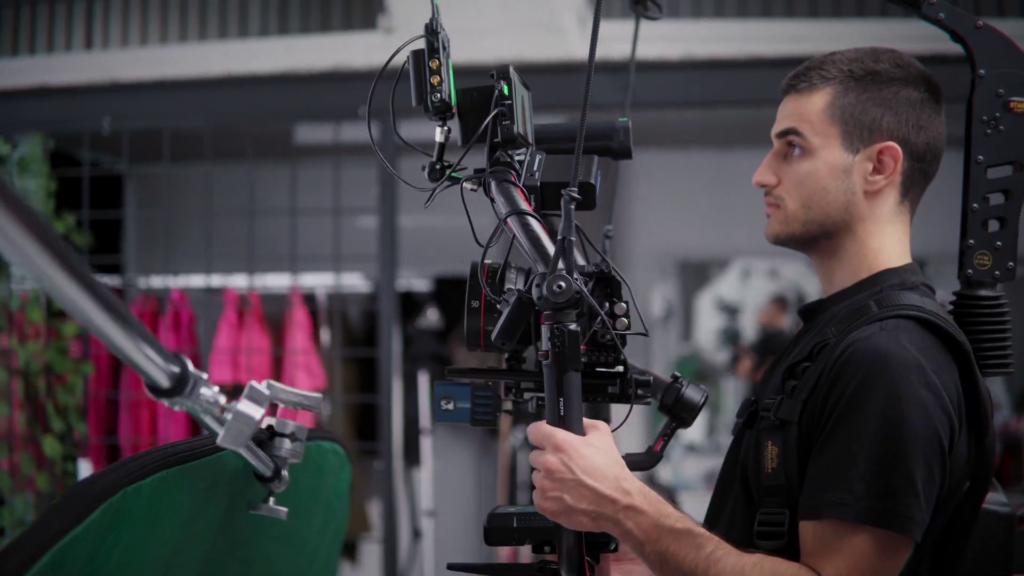
The production phase is where the actual filming takes place. The creative team should work closely with the director to ensure that the shoot stays on schedule and that everything is captured as planned. The production team should also be prepared to make any necessary changes or adjustments during the shoot to ensure that the final product meets the client’s expectations. The production team should also ensure that the lighting, sound, and camera angles are all optimized to create the desired effect.
Stage 6: Post-Production
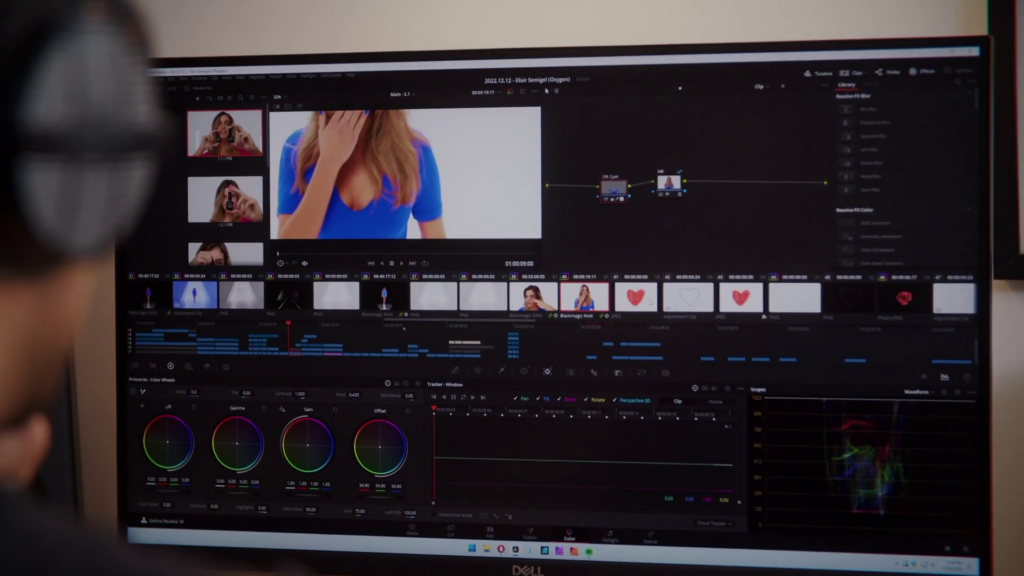
Once the shoot is complete, the post-production phase begins. Post-production is where the video really comes to life and is made visually appealing and engaging. This involves editing the footage, adding music and sound effects, and adding any special effects or animation. The purpose of post-production is to bring the video to life. The creative team should work closely with the editor to ensure that the final product accurately reflects the script and concept.
Our favorite editing software is Davinci Resolve, which combines editing, color correction, visual effects, motion graphics, and audio post-production all in one software tool!
Stage 7: Client Review
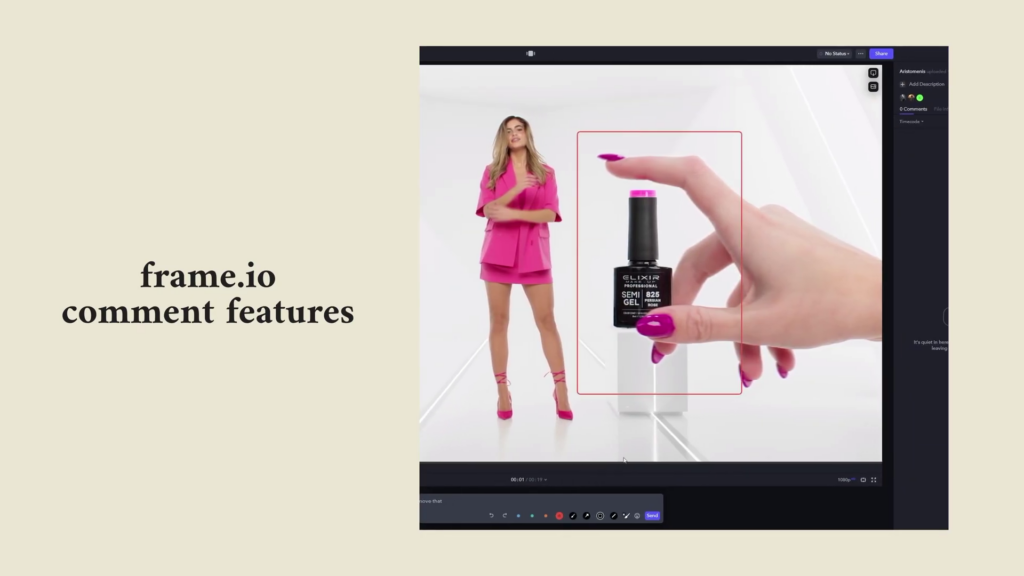
After the post-production phase is complete, the video is presented to the client for review.
The client may provide feedback and suggest changes, which the creative team should incorporate into the final product. This is an important step in ensuring that the final product meets the client’s expectations and aligns with the goals of the campaign.
We usually use frame.io as our delivery and feedback platform. The best thing with frame.io is that clients can leave their comments at specific parts of the video and directly be seen inside Davinci-Resolve. But, the reality is, that most of the clients are not willing you learn a new platform and usually we end up with a ton of emails.
Stage 8: Final Product
Once the client approves the final video, it is ready to be delivered. The creative team should ensure that the video is properly formatted for the intended platform, such as television, social media, or the web. For example, Instagram reels should be at a ratio of 9:16 with a H.264 compression, while for TV a ratio of 16:9 with prores compression is suggested.
Check out the final product and some behind scenes of the “Stay Colourful” commercial production.
In conclusion, producing a professional video ad involves a lot of work behind the scenes. It requires creativity, collaboration, and technical expertise to produce a video that effectively conveys a message to the target audience. By following these steps, the creative team can ensure that the final product meets the client’s expectations and resonates with the intended audience.



